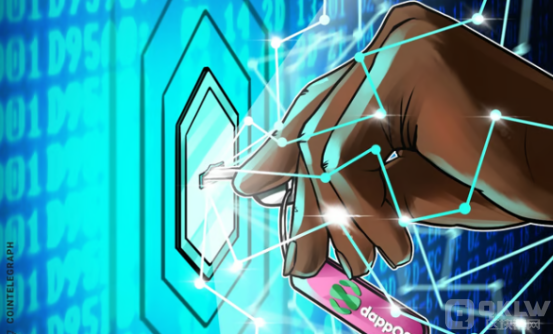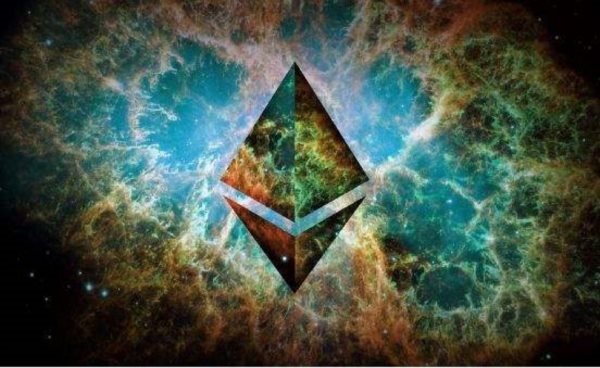時間:2024-04-13|瀏覽:415
原作者:老白
原始來源:推特
注:本文來自@Wuhuoqiu Twitter,火星財經整理如下:
近期一級市場上,最熱門的賽道無疑是AI,其次是BTC。每天討論的項目80%都集中在這兩個軌道上。我個人一天最多能講5、6個AI項目。
可以預見,未來兩年AI泡沫將達到頂峰。隨著數百個新的AI項目的上線,AI賽道的市值將達到頂峰。當泡沫最終破滅,一切都陷入混亂時,真正找到AI X Crypto契合點的獨角獸將會誕生,推動這條賽道和整個行業向前發展。
那么在當前AI過熱的環境下,我們靜下心來看看近幾個月來Infra層面,尤其是公鏈Infra賽道發生了哪些變化。有些新事物值得一提。
1. ETH,還是單鏈的進一步解構
當Celestia第一次提出模塊化和DA層的概念時,市場其實花了很長時間來消化和理解。現在這個概念已經深入人心,各種RaaS基礎設施已經涌入到基礎設施數量應用數量用戶數量的階段。
執行層、DA層和結算層在過去幾個月里經歷了一些不同的技術進步。每一層都衍生出新的技術方案,甚至結算層的概念也不再是ETH獨有的。下面簡單說一下每一層的代表性技術。
2.執行層-
執行層最熱門的概念無疑是Parallel EVM——以Monad、Sei、MegaETH為代表,一些現有項目如FTM、Canto也計劃朝這個方向升級。然而,正如并非所有 ZK 項目都會保護隱私一樣,標有 Parallel EVM 的項目實際上也有不同的技術路線和最終目標。
拍一張 Sei 的照片作為直觀的演示。顯然,在樂觀的情況下,從現有的順序處理到并行處理的性能提升還是非常明顯的。
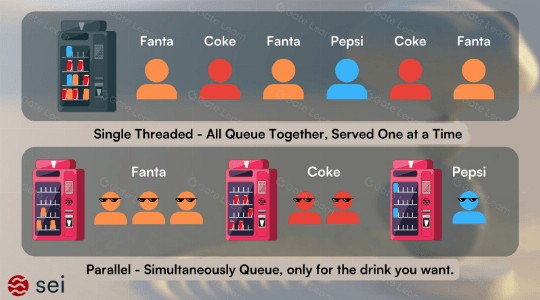
并行EVM其實可以分為幾種不同的技術路線
從交易如何并行化的角度來看——太陽底下沒有什么新鮮事,除了先驗和后驗的區別
Solana和Sui就是這方面的代表,要求交易顯式地聲明自己修改了鏈上哪些部分的狀態,這樣在打包區塊之前就可以檢測是否存在狀態沖突(比如訪問同一個AMM池),并且如果是,則丟棄沖突的事務。
Post-hoc is also called optimistic parallelism, represented by Aptos BlockSTM, which means that it is assumed that there is no conflict before accepting the transaction, and then checking it after execution. If a conflicting transaction is found, the transaction is declared invalid, the result is refreshed, and the transaction is re-executed. This step is repeated until all transactions in the block are executed. Sei, Monad, MegaETH, and Canto use similar solutions
We have also seen parallel solutions for state conflict scenarios (such as accessing the same AMM pool as mentioned above) in the primary market, but it seems that the project will be relatively complicated and it is not certain whether it is commercially feasible. It is still under evaluation.
According to the degree of importance attached to Parrallel EVM, it can also be divided into two schools
One is Monad, represented by Sei, which takes how to trade in parallel as the main expansion idea, that is, Parallelization is the main narrative. For example, in addition to optimistic parallel processing, Monad also has a specially developed MonadDB, and asynchronous I/O is specially used for parallel processing.
The other is the idea of ??Fantom, Solana, and MegaETH. Parallelization is one of the expansion solutions, but it is only one of them. Parallelization is an auxiliary narrative, and performance improvement depends more on other technical solutions.
For example, Fantom's Sonic upgrade focuses on the FVM virtual machine + and the optimized Lachesis consensus mechanism. Solana's next phase will focus on the modular architecture of the new Firedancer client, optimized network communication mechanisms and signature verification, etc.
The goal of MegaETH @megaeth_labs is to realize Realtime-blockchain. First, based on the newly developed Reth high-performance client of Paradigm, further optimization and improvement have been made in the state synchronization mechanism of the full node (only synchronizing the state difference instead of all data), the hardware design of the Sequencer (a large amount of high-performance RAM with storage function for state access to avoid slow disk I/O), and the data structure improvement of Merkle Trie. This is equivalent to a comprehensive improvement in software, hardware, data structure, disk IO, network communication, transaction sorting and parallel processing, pushing the performance ceiling of EVM to the limit and approaching "Realtime Blockchain".
3. DA layer
There is no significant technological iteration at the DA level, so the competition in this track is far less intense than that at the execution level. There are only a few major players.
ETH's CallData has been upgraded to Blob, and the fees of various L2s have dropped significantly. Now ETH is a "less expensive" DA
Celestia’s greater role is that it was the first project to propose the concept of the DA layer after it went online, which raised the DA track from the ceiling of 2 billion FDV to 20 billion, and from then on, the pattern and imagination were opened up. Many new Layer2 Appchains naturally chose Celestia as their first choice of DA.
Avail has become independent from Polygon. Technically speaking, it is more like an "enhanced version of Celestia". For example, it uses Polkadot's Grandpa+BABE consensus mechanism. Compared with Celestia's Tendermint, it can theoretically support the decentralization of more nodes. It also supports Validity Proof, which Celestia does not support, etc. Of course, the technical differences are far less important than the ecology. Avail still needs to catch up in terms of ecology.
EigenDA was also launched together with the EigenLayer mainnet two days ago. As one of the strongest narratives and the most commercially cooperative projects in this round, I personally feel that the adoption rate of EigenDA will not be low. In theory, as long as it feels "safe and cheap", not many projects really care whether you use Validity Proof or Fraud Proof, whether DAS supports it, etc.
What is more worth mentioning is the following three DAs
1. Near DA - Near is a magical public chain. It was originally designed for sharding and is still doing it now. But while doing sharding, it also developed DA - cheaper than Celestia and supports fast settlement of L2; chain abstraction - Near recently launched chain signatures, allowing users to request signatures for transactions on any chain through a single NEAR account; AI - Founder illia is one of the eight Transformer members, the one who was tapped on the shoulder by Mr. Huang at the NVIDIA conference. He is now planning to hire AI engineers and will release an announcement related to http://near.ai next month... Hexagonal warrior, I also threw it into the DA track
2. BTC&CKB - Because the first layer of BTC does not support smart contracts and cannot be directly settled, dozens of BTC EVM Layer2s are now basically using BTC as DA. The only difference is whether to throw ZK Proof directly onto BTC or throw the Hash of ZK Proof onto it, as if they cannot call themselves "BTC Layer2" if they don't do this. Recently, I actually encountered a new project that said, "I don't pretend anymore, I am ETH L2, DA settlement is all on ETH, but I serve the BTC ecosystem!", which is quite funny... The only alternative expansion solution is RGB++ launched by CKB. In this framework, CKB has become a DA-like existence, and BTC has become a settlement layer of RGB++ because of the black technology of UTXO isomorphic binding.
2. New DA - I will talk about two new ideas for DA, but I won't mention the project names. One is to combine DA with AI. In addition to being a high-performance DA, it can also serve as a storage layer for large AI models, training data, and training trajectories. The other is to improve the error correction code mechanism of Celestia and other DAs, which can provide a more robust network status in an unstable state such as a dynamic network (several nodes are randomly disconnected in each round).
4. Settlement Layer
Originally, this layer was almost exclusively owned by ETH. DA had Celestia competing with it, and it had a number of L2s to execute itself. The only difference is settlement. Other chains like Solana and Aptos do not have L2 yet. BTC’s L2 does not use BTC and cannot be used as settlement. Currently, the only settlement layer you can think of is ETH.
However, this situation will soon change. We have seen several new projects heading in the direction mentioned at the beginning of the article.
, some old projects have also begun to transform in this direction, namely - ZK verification/settlement layer - further deconstructing ETH (stealing ETH's business)
Why did such a concept come about?
The reason is that running contracts on ETH L1 to verify ZK Proof is not the best choice in theory.
Technically, in order to verify the correctness of ZK Proof, developers need to write verification contracts based on Solidity according to the ZK project and the ZK Proof System they choose. This requires relying on a lot of cryptographic algorithms, such as the need to support different elliptic curves. These cryptographic algorithms are usually relatively complex, and the EVM-Solidity architecture is not the optimal platform for implementing these complex cryptographic algorithms. For some ZK projects, the cost of writing and verifying these verification contracts is also very high.
This has hindered some ZK ecosystems from natively joining the EVM ecosystem to some extent, so ZK-friendly languages ??such as Cario, Noir, Leo, and Lurk can only be verified on their own Layer 1. At the same time, when updating or upgrading these things on ETH, it is always "difficult to turn around".
In terms of cost, although the "protection fee" DA paid by L2 accounts for the majority, ZK contract verification also requires Gas fees, and verification on Ethereum is definitely not a cheap option. In addition, ETH Gas fees soar from time to time and become a "noble chain", the verification cost will also be greatly affected.
As a result, new ZK verification/settlement layer concept projects have emerged. New projects are still relatively early, with Nebra as a representative. Old projects have also pivoted in this direction, such as Mina and Zen, which just passed the new proposal.
The overall idea of ??most projects in this track is basically
1. Support multiple ZK languages
2. Support ZK aggregation proof, more efficient and cheaper
3. Faster Finality Time
At present, it seems that the ZK settlement layer and the decentralized Proof Market are likely to be tied together. After all, you need computing power in addition to technology. We may see some settlement layer projects cooperating with Proof Market projects, or the settlement layer with computing power may directly build a Proof Market, or the Proof Market with technology may come out to build a settlement layer. The market will have the final say on how to go.
There should be many articles on other areas of Infra, such as OEV in the field of Oracle and MEV, and ZK light client in the field of interoperability. I will not repeat them here. Next time I see something new and interesting, I will share it with you.
Finally, thanks to our Tech Lead @cyodyssey for his review and revision :)
熱點:公鏈


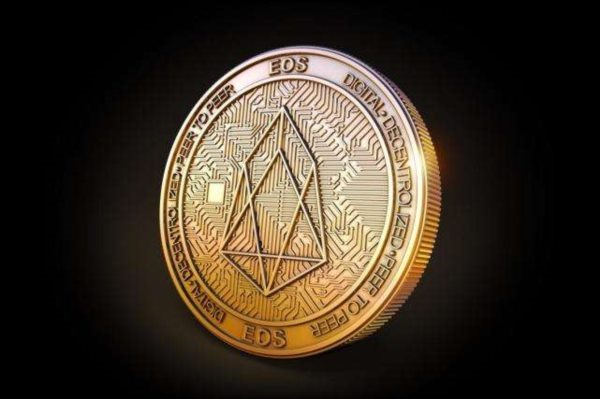
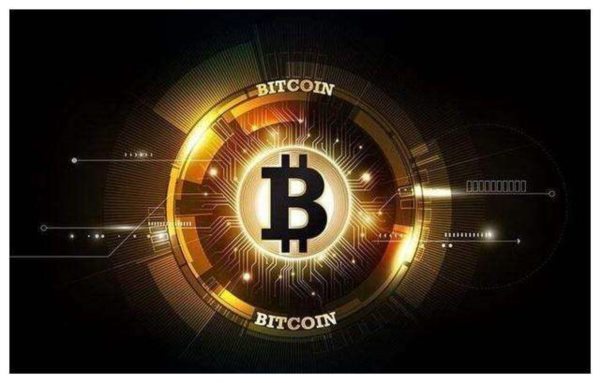

![[旋律]區塊鏈基礎設施和DeFi項目吸引風險投資者](/img/btc/62.jpeg)
